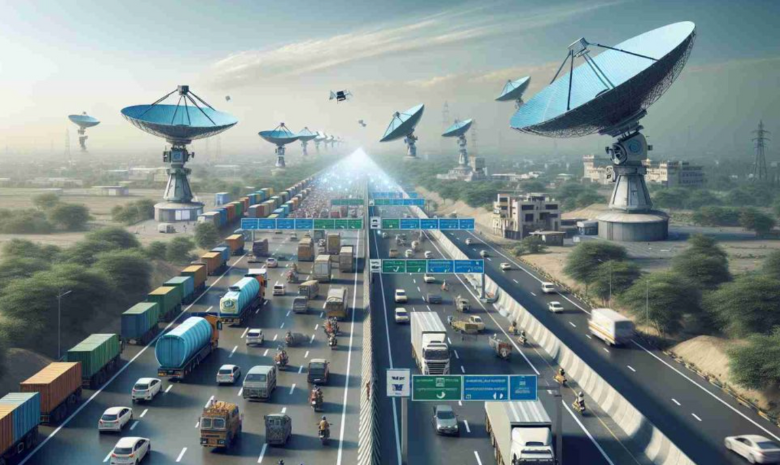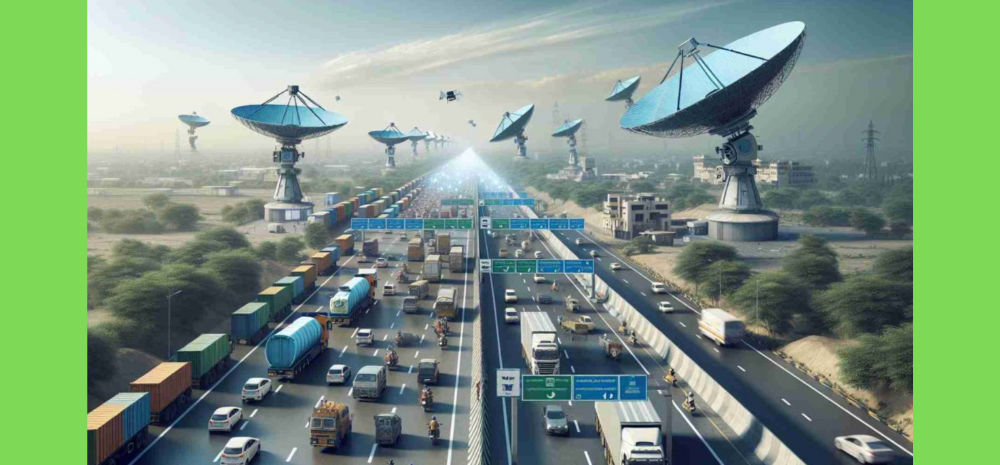Satellite/GPSToll Vs FASTag: Benefits, Problems & More (Which Is Better?) – Trak.in

India is poised to revolutionize its toll collection system by integrating GNSS (Global Navigation Satellite System) technology, marking a significant departure from the existing FASTag system. Unlike FASTag, which relies on physical toll booths, GNSS introduces virtual toll booths that monitor vehicle distance and location, streamlining the toll collection process.

How GNSS Technology Works
The GNSS system operates by setting up virtual toll booths along roads and highways. These booths exclusively track GNSS-enabled vehicles, capturing essential details such as vehicle type, registration number, and bank account information. This advanced system ensures accurate toll calculation based on the distance traveled.
Seamless Transition from FASTag to GNSS
To facilitate a smooth transition, the GNSS system will work in conjunction with the existing FASTag infrastructure. While FASTag has improved toll collection speeds, it still struggles with congestion during peak traffic hours. GNSS aims to overcome this challenge by providing a barrier-free commute experience, significantly reducing wait times and ensuring a smoother flow of traffic.
Dedicated GNSS Lanes
Special GNSS lanes will be introduced at toll plazas, allowing GNSS-equipped vehicles to pass through without stopping. As the adoption of GNSS-based Electronic Toll Collection (ETC) increases, it is anticipated that all toll lanes will eventually become GNSS-enabled, enhancing overall efficiency and convenience for commuters.
Benefits of GNSS-Based Toll Collection
The GNSS-based ETC system promises several advantages:
- Reduced Wait Times: The system aims to cut average waiting durations from 714 seconds to just 47 seconds, dramatically reducing travel time.
- Decreased Traffic Congestion: By facilitating a steady flow of vehicles, GNSS technology helps alleviate traffic congestion without the need for additional toll lanes.
- Cost Savings: The elimination of physical toll booths will streamline billing processes, with users paying only for the distance they travel, saving costs associated with toll booth maintenance and construction.
Navigating Challenges
Despite its advantages, the GNSS-based system faces certain challenges, particularly in areas with inconsistent signal reception, such as rural or geographically challenging terrains. Addressing these technical issues and ensuring user privacy will be crucial for the successful implementation of this advanced toll-collection mechanism.
Global Adoption of GNSS-Based Toll Collection
India’s move towards GNSS-based toll collection is in line with global trends. Countries like Germany, Russia, and Slovakia have already adopted GPS-based toll systems to enhance highway travel efficiency over extensive networks. India’s adoption of GNSS technology underscores its commitment to leveraging advanced technologies for transformative improvements in toll collection.
Conclusion
The introduction of GNSS-based toll collection represents a significant leap forward for India’s transportation infrastructure. By reducing wait times, alleviating traffic congestion, and streamlining billing processes, GNSS technology promises to provide a more efficient and cost-effective toll collection system, benefiting commuters and enhancing travel experiences across the country.






